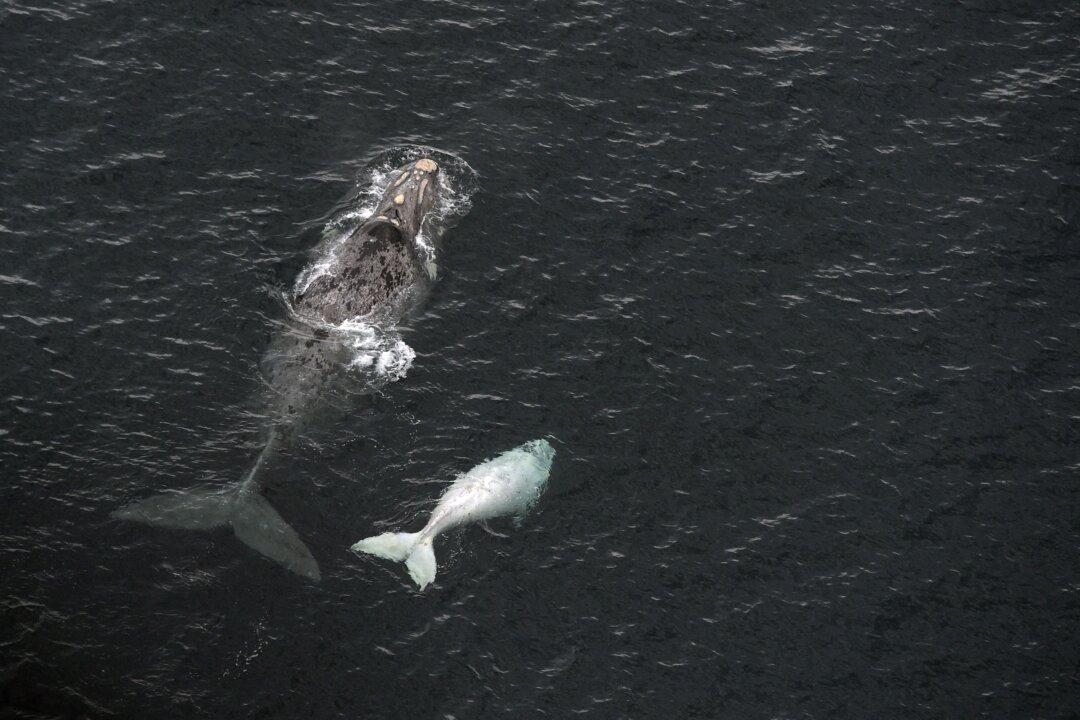A whale in South Africa tried to swallow a tour operator during a feeding frenzy, and he lived to tell about it.
Rainer Schimpf, 51, went out in the water to film a sardine run last month, reported the New York Post.


A whale in South Africa tried to swallow a tour operator during a feeding frenzy, and he lived to tell about it.